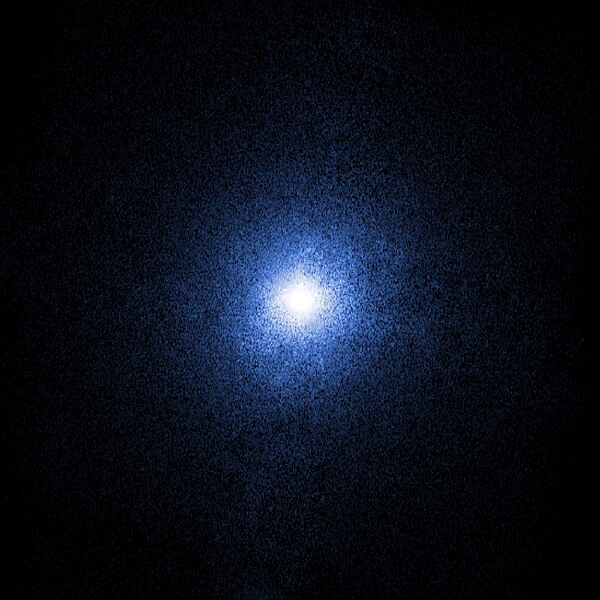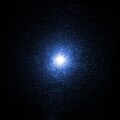Plik:Chandra image of Cygnus X-1.jpg

Rozmiar podglądu – 600 × 600 pikseli. Inne rozdzielczości: 240 × 240 pikseli | 480 × 480 pikseli | 768 × 768 pikseli | 1024 × 1024 pikseli | 2400 × 2400 pikseli.
Rozmiar pierwotny (2400 × 2400 pikseli, rozmiar pliku: 3,72 MB, typ MIME: image/jpeg)
Historia pliku
Kliknij na datę/czas, aby zobaczyć, jak plik wyglądał w tym czasie.
| Data i czas | Miniatura | Wymiary | Użytkownik | Opis | |
|---|---|---|---|---|---|
| aktualny | 21:06, 13 sie 2015 |  | 2400 × 2400 (3,72 MB) | Pine | Larger version. Source http://chandra.harvard.edu/photo/2011/cygx1/more.html, credit NASA/CXC |
| 18:02, 11 wrz 2009 |  | 665 × 665 (61 KB) | Marshallsumter | {{Information |Description={{en|1=Chandra image of Cygnus X-1.}} |Source=NASA/CXC |Author=NASA's Chandra X-ray Observatory |Date=2009-08-27 |Permission=''Images produced by NASA are usually free of copyright [...]'' |other_versions= }} Since its discovery |
Lokalne wykorzystanie pliku
Poniższa strona korzysta z tego pliku:
Globalne wykorzystanie pliku
Ten plik jest wykorzystywany także w innych projektach wiki:
- Wykorzystanie na as.wikipedia.org
- Wykorzystanie na ca.wikipedia.org
- Wykorzystanie na cs.wikipedia.org
- Wykorzystanie na en.wikipedia.org
- Black hole
- Timeline of gravitational physics and relativity
- Cygnus X-1
- Chandra X-ray Observatory
- User:Fmrauch
- Astrophysical X-ray source
- User:The High Fin Sperm Whale/Fact of the day/Archive
- Wikipedia:Featured picture candidates/August-2015
- Wikipedia:Featured picture candidates/Cygnus X-1
- User:Matt Fitzpatrick/portal images
- User:VastV0idInSpace0/sandbox
- Wykorzystanie na en.wikiquote.org
- Wykorzystanie na en.wikiversity.org
- Wykorzystanie na es.wikipedia.org
- Wykorzystanie na fr.wikipedia.org
- Wykorzystanie na gl.wikipedia.org
- Wykorzystanie na he.wikipedia.org
- Wykorzystanie na hu.wikipedia.org
- Wykorzystanie na id.wikipedia.org
- Wykorzystanie na it.wikipedia.org
- Wykorzystanie na ja.wikipedia.org
- Wykorzystanie na jv.wikipedia.org
- Wykorzystanie na ko.wikipedia.org
- Wykorzystanie na lt.wikipedia.org
- Wykorzystanie na mk.wikipedia.org
- Wykorzystanie na ml.wikipedia.org
- Wykorzystanie na mr.wikipedia.org
- Wykorzystanie na nl.wikipedia.org
Pokaż listę globalnego wykorzystania tego pliku.


